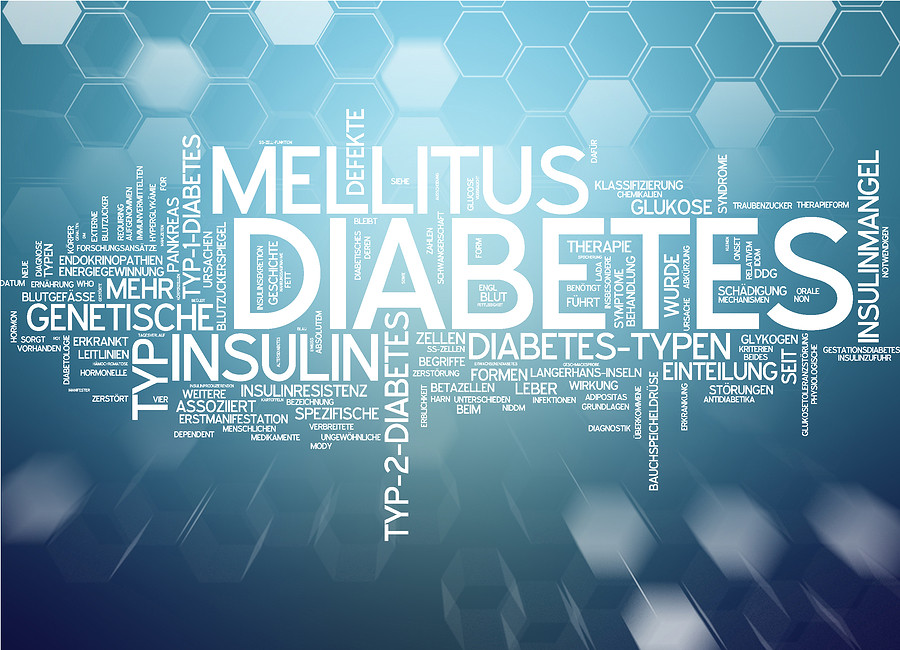In a hectic modern day daily routine,exercise is one of the most talked about topics world wide mainly in urban cities.But with less and lesser time to implement a daily routine in an over competetive world.Physicaly active life is a proven way to say no no to illness.
Today I provide you with scientific proof based article for the benefits of exercise/physicaly active life,so for the the logical people it is easier to consume the facts and act upon to bring a change in the lifestyles to lead a healthier life.
You can thank me later.
So this study concludes:
Furthermore studies have proved:
1.)A decline in relative risk of death due to cardiovascular events
Both men and women who reported increased levels of physical activity and fitness were found to have reductions in relative risk (by about 20%–35%) of death .
Citation:[Macera CA, Hootman JM, Sniezek JE. Major public health benefits of physical activity. Arthritis Rheum 2003;49:122-8. CrossRefMedlineGoogle Scholar
28.↵ Macera CA, Powell KE. Population attributable risk: implications of physical activity dose. [discussion 640-1]. Med Sci Sports Exerc 2001;33:S635-9.]
2.) Decreased risk of Type 2 Diabetes
Both aerobic and resistance types of exercise have been shown to be associated with a decreased risk of type 2 diabetes.
Moderately intense levels of physical activity (≥ 5.5 METs for at least 40 minutes per week) and of cardiovascular fitness (> 31 mL oxygen per kilogram per minute) have also been shown to be protective against the development of type 2 diabetes in middle-aged men.
Physically active men and women exhibited a 30%–40% reduction in the relative risk of colon cancer, and physically active women a 20%–30% reduction in the relative risk of breast cancer compared with their inactive counterparts.
Weight-bearing exercise, especially resistance exercise, appears to have the greatest effects on bone mineral density.
About time to get active.
Today I provide you with scientific proof based article for the benefits of exercise/physicaly active life,so for the the logical people it is easier to consume the facts and act upon to bring a change in the lifestyles to lead a healthier life.
You can thank me later.
- Regular physical exercise may improve a variety of physiological and psychological factors in depressive persons.
- The findings of this study suggest that a group jogging exercise may be effective in improving depressive state, hormonal response to stress and physiological fitness of adolescent females with depressive symptoms.
- Regular physical exercise can promote a variety of psychological and physiological conditions and may be beneficial in the primary care of adolescent females with depressive symptoms.
- After exercise, the participants did increase their levels of physiological fitness, as indexed by an increase of peak oxygen uptake or improved performance on the cycle ergometer.
- It is possible that physical exercise can be efficacious in reducing the risk of such diseases as well as in promoting psychological health by an increase of daily physical activity and improvements in cardiorespiratory function.
So this study concludes:
- A group-based jogging program increased the daily physical activity or social relationships among the participants.
- Physical exercise for 8 weeks reduced depressive state and urine cortisol and epinephrine excretions, and increased cardiorespiratory functions.
- Regular physical exercise may have a variety of benefits of promoting physiological and psychological wellbeing in adolescent females.
Citation:[Chanudda Nabkasorn, Nobuyuki Miyai, Anek Sootmongkol, Suwanna Junprasert, Hiroichi Yamamoto, Mikio Arita, Kazuhisa Miyashita; Effects of physical exercise on depression, neuroendocrine stress hormones and physiological fitness in adolescent females with depressive symptoms.Eur J Public Health 2006; 16 (2): 179-184. doi: 10.1093/eurpub/cki159]
Furthermore studies have proved:
1.)A decline in relative risk of death due to cardiovascular events
Both men and women who reported increased levels of physical activity and fitness were found to have reductions in relative risk (by about 20%–35%) of death .
Citation:[Macera CA, Hootman JM, Sniezek JE. Major public health benefits of physical activity. Arthritis Rheum 2003;49:122-8. CrossRefMedlineGoogle Scholar
28.↵ Macera CA, Powell KE. Population attributable risk: implications of physical activity dose. [discussion 640-1]. Med Sci Sports Exerc 2001;33:S635-9.]
2.) Decreased risk of Type 2 Diabetes
Both aerobic and resistance types of exercise have been shown to be associated with a decreased risk of type 2 diabetes.
Moderately intense levels of physical activity (≥ 5.5 METs for at least 40 minutes per week) and of cardiovascular fitness (> 31 mL oxygen per kilogram per minute) have also been shown to be protective against the development of type 2 diabetes in middle-aged men.
Helmrich SP, Ragland DR, Paffenbarger RS Jr. Prevention of non-insulin-dependent diabetes mellitus with physical activity. Med Sci Sports Exerc 1994;26:824-30.
↵ Helmrich SP, Ragland DR, Leung RW, et al. Physical activity and reduced occurrence of non-insulin-dependent diabetes mellitus. N Engl J Med 1991;325:147-52.
↵ Manson JE, Nathan DM, Krolewski AS, et al. A prospective study of exercise and incidence of diabetes among US male physicians. JAMA 1992;268:63-7.
↵ Lynch J, Helmrich SP, Lakka TA, et al. Moderately intense physical activities and high levels of cardiorespiratory fitness reduce the risk of non-insulin-dependent diabetes mellitus in middle-aged men. Arch Intern Med 1996;156:1307-14.3.) Decreased relative risk of Cancer
Physically active men and women exhibited a 30%–40% reduction in the relative risk of colon cancer, and physically active women a 20%–30% reduction in the relative risk of breast cancer compared with their inactive counterparts.
Lee IM. Physical activity and cancer prevention — data from epidemiologic studies. Med Sci Sports Exerc 2003;35:1823-7.4.) Better bone health
Weight-bearing exercise, especially resistance exercise, appears to have the greatest effects on bone mineral density.
Warburton DE, Gledhill N, Quinney A. The effects of changes in musculoskeletal fitness on health. Can J Appl Physiol 2001;26:161-216.You can read further on provided citations.The data provided is from evidence based studies which prove the impact of physical activity/exercise on health.
About time to get active.


Comments
Post a Comment